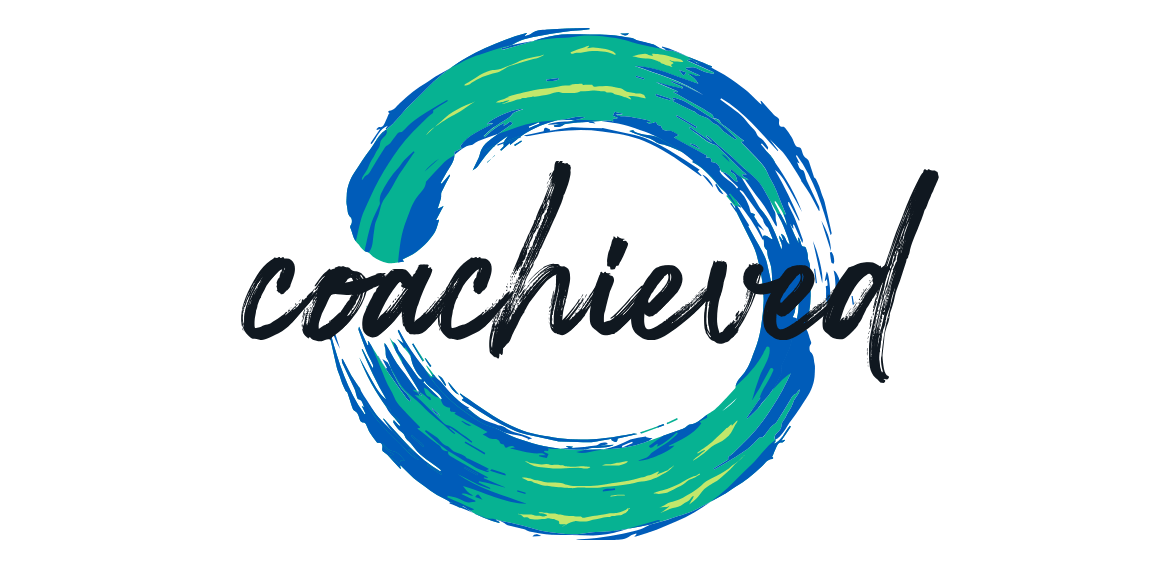In the age of labels and typologies, it’s easy to mistake the Enneagram for just another personality test. It’s often introduced alongside frameworks like MBTI or DISC and treated as a convenient shorthand for describing how we behave.
But the Enneagram is something else entirely. It doesn’t simply describe who you are – it helps you understand why you behave the way you do, how you were shaped, and what holds you back from becoming who you could be.
This is why I use it in coaching.
Beyond Labels: Understanding the Enneagram’s Purpose
At its core, the Enneagram is not about classification. It’s a dynamic model that maps ego structures – habitual strategies we adopt to feel safe, worthy, or in control. These strategies are developed early in life as a response to our environment. In that sense, the Enneagram bridges both nature and nurture. It helps us explore our innate tendencies and the psychological patterns shaped by our experiences.
Each of the nine types reflects a specific way of navigating the world. These are not just personality “styles” – they are survival strategies, blind spots, and potential growth paths, all in one.
This is where the Enneagram becomes a powerful coaching tool. It opens up the deeper layers of self-awareness needed for meaningful career shifts and authentic leadership development.
To make this even more precise, it’s worth noting that there aren’t just 9 kinds of people. Every type also has three instinctual subtypes (self-preservation, social, and one-to-one/sexual), plus wing influences from adjacent types. This creates a nuanced matrix of expression that allows for a highly personalized developmental journey. The same Enneagram type may look radically different depending on which instinct leads – and which wing adds its flavour.
Why the Same Behaviour Can Mean Different Things
One of the most valuable aspects of the Enneagram is that it differentiates between external behaviour and internal motivation.
For example, let’s take a behaviour many professionals are praised for: working late and overdelivering.
- A Type 3 – The Achiever may stay late to secure recognition and maintain a successful image, believing their worth is tied to achievement.
- A Type 6 – The Loyalist might overdeliver out of anxiety, trying to cover all angles to avoid criticism or being caught unprepared.
- A Type 1 – The Reformer might be working late to meet their own exacting internal standards and avoid the guilt of not doing something “right.”
- A Type 2 – The Helper may be doing extra to earn appreciation or feel indispensable to others.
From the outside, the behaviour looks identical. But internally, very different belief systems, fears, and unconscious drivers are at play. When we coach without that level of insight, we risk offering advice that’s completely misaligned with what’s actually happening inside a person.
This is why surface-level coaching, while well-intentioned, often fails to create sustainable change. The Enneagram brings the missing context into the room.
Career and Leadership Implications
In the realm of career development and leadership coaching, understanding your Enneagram type can be transformational.
- It helps explain why certain work environments feel energizing or depleting.
- It uncovers internal obstacles to visibility, confidence, or delegation.
- It reveals why conventional advice may have failed to motivate or sustain change.
For example, a Type 1 – The Reformer may struggle with delegation not because they don’t trust others, but because they hold themselves (and everyone else) to impossibly high standards. A Type 6 – The Loyalist may hesitate to apply for a new role, not due to lack of skill, but due to deep-seated uncertainty about whether the world is safe enough to risk change.
When you know your type, you begin to see these patterns for what they are: not character flaws, but adaptive strategies that may have outlived their usefulness.
The Real Purpose of Typing: Growth
Understanding your type isn’t the destination. It’s the beginning of the real work.
When used well, the Enneagram offers:
· A mirror to recognize your self-sabotaging tendencies.
· A language for the shadow you instinctively avoid.
· A developmental map to help you evolve beyond what’s habitual.
It doesn’t offer quick fixes. It offers precision – about what’s actually driving your stress, your success strategies, and your sense of identity.
And it offers hope. Because when we see clearly, we can grow consciously.
Enneagram-Based Coaching: A Whole-Person Approach
In my coaching practice, I don’t use the Enneagram to box people in. I use it to help clients unbox themselves – compassionately, strategically, and at their own pace.
Career transitions become less overwhelming when you understand what parts of your ego are being threatened. Leadership development becomes more authentic when it’s aligned with your true inner work. And confidence stops being something you perform and starts being something you inhabit.
The Enneagram helps us remember who we were before we started contorting ourselves to be safe, successful, or seen.
From that place, the path forward becomes clearer – and more human.

